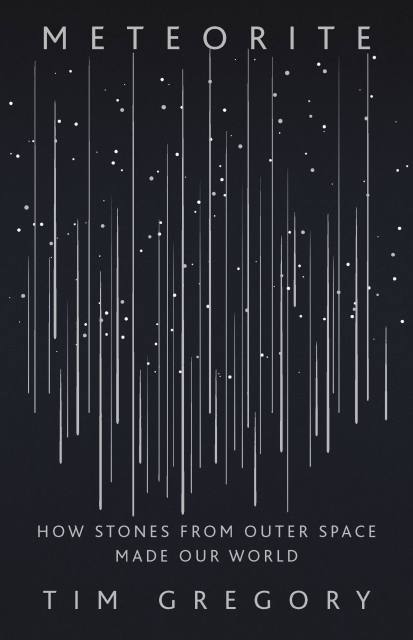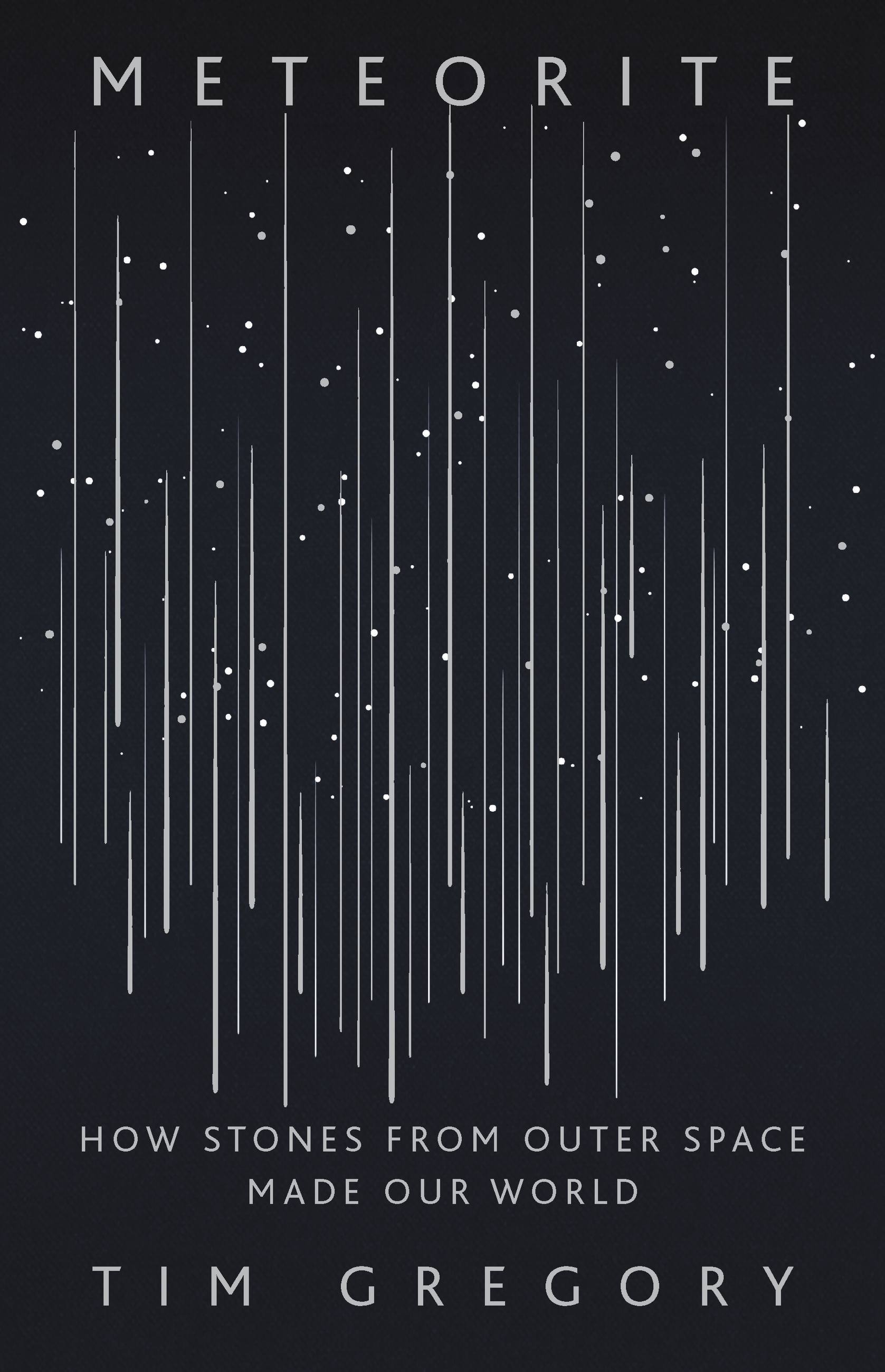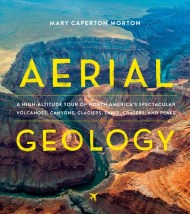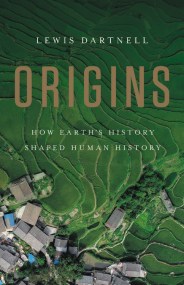Promotion
Use code MOM24 for 20% off site wide + free shipping over $45
Meteorite
How Stones from Outer Space Made Our World
Contributors
By Tim Gregory
Formats and Prices
Price
$17.99Price
$22.99 CADFormat
Format:
- ebook $17.99 $22.99 CAD
- Hardcover $30.00 $38.00 CAD
- Audiobook Download (Unabridged)
This item is a preorder. Your payment method will be charged immediately, and the product is expected to ship on or around October 13, 2020. This date is subject to change due to shipping delays beyond our control.
Also available from:
Explore the universe and immerse yourself in the story of our solar system, planet, and life through meteorites.
"Meteorite is a treasure"–Wall Street Journal
Meteorites have long been seen as portents of fate and messages from the gods, their fiery remains inspiring worship and giving rise to legends that have persisted for millennia. But beyond the lore, meteorites tell an even greater story: that of our solar system. In Meteorite, geologist Tim Gregory shows that beneath the charred crusts of these celestial stones lies a staggering diversity of rock types. Their unique constituents, vibrant colors, and pungent smells contain thrilling tales of interstellar clouds, condensing stardust, and the fiery collisions of entire worlds. Gregory explores the world of meteorites to uncover new insights into what our solar system was like before our sun became a star, into the forging of our planet, and into the emergence of life on it. Humans have long looked to the skies for answers to big questions. Meteorite reveals how science is finally arriving at those answers.
Meteorites have long been seen as portents of fate and messages from the gods, their fiery remains inspiring worship and giving rise to legends that have persisted for millennia. But beyond the lore, meteorites tell an even greater story: that of our solar system. In Meteorite, geologist Tim Gregory shows that beneath the charred crusts of these celestial stones lies a staggering diversity of rock types. Their unique constituents, vibrant colors, and pungent smells contain thrilling tales of interstellar clouds, condensing stardust, and the fiery collisions of entire worlds. Gregory explores the world of meteorites to uncover new insights into what our solar system was like before our sun became a star, into the forging of our planet, and into the emergence of life on it. Humans have long looked to the skies for answers to big questions. Meteorite reveals how science is finally arriving at those answers.
Genre:
-
"Meticulously researched and eminently readable…Meteorite is a treasure"Robert M. Thorson, Wall Street Journal
-
"I have a new book to recommend. In Meteorite, chemist and geoscientist Tim Gregory weaves a colorful tapestry of historical and scientific stories with an eye towards the latest developments. A passionate communicator, Gregory conjures environments and events far outside the human experience."Meenakshi Wadhwa, Nature
-
"Gregory is a geologist with an enthusiasm for storytelling."Kate Greene, New York Times
-
"A captivating blend of painstaking detective work and dramatic cosmic events. The impact that rocks from space have had on our culture, and on our knowledge of where we come from -- and where they come from -- may surprise you. As will their impact on the planet of course, should you be lucky enough to see a 'fall.'"Jon Butterworth, author of Smashing Physics
-
"Tim Gregory gets it. He has an uncanny ability to swiftly understand, to clearly explain, and to be joyful."Chris Hadfield, astronaut
-
"A solid education that is so detailed it will appeal mostly to amateur astronomers and geologists."Kirkus
- On Sale
- Oct 13, 2020
- Page Count
- 320 pages
- Publisher
- Basic Books
- ISBN-13
- 9781541647602
Newsletter Signup
By clicking ‘Sign Up,’ I acknowledge that I have read and agree to Hachette Book Group’s Privacy Policy and Terms of Use







